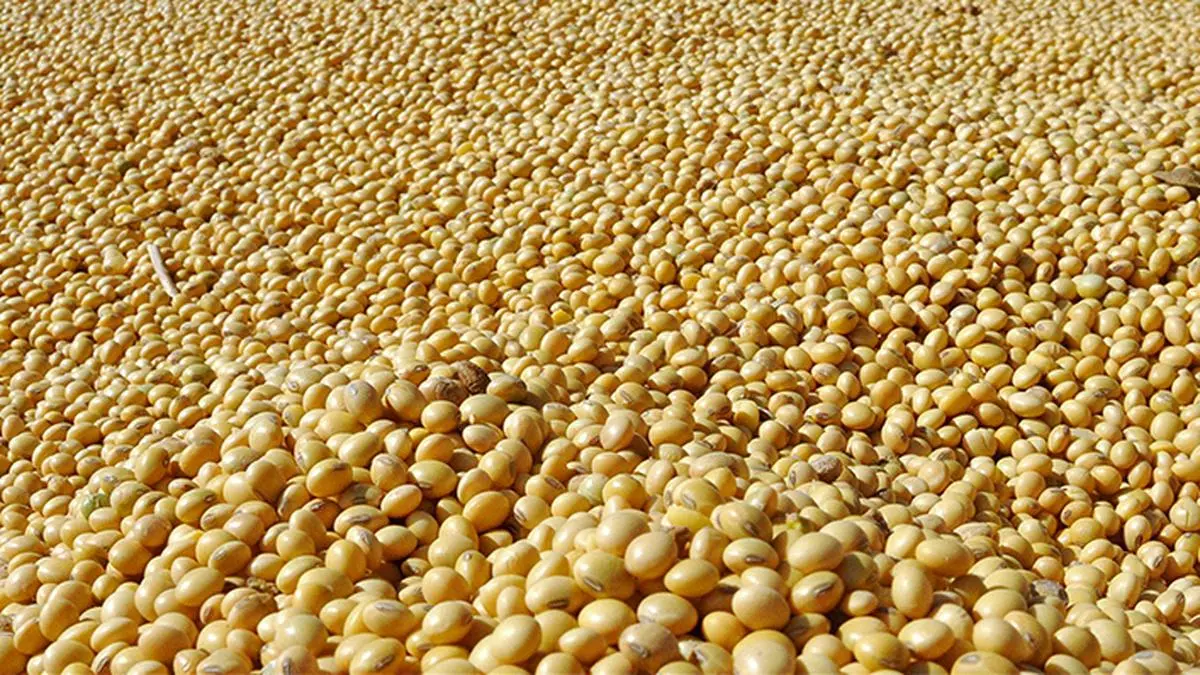Mandi prices indicate higher production in soyabean, groundnut
The prices in agriculture market yards (mandis) in the last 30 days signal that the output of at least four Kharif crops – soyabean, groundnut, jowar, and niger may be higher than last year while there may be a fall in harvest of tur, urad, moong, sunflower and sesame. Production of rice, maize, bajra and ragi may be around last year’s levels, as market rates indicate. The government has delayed releasing the production estimates of Kharif crops, which is usually announced in September.
In the 2023 Kharif season, production was as follows: rice, 113.26 million tonnes (mt); maize, 22.25 mt; bajra, 9.66 mt; jowar, 1.51 mt; ragi, 1.67 mt; tur, 3.42 mt; urad, 1.60 mt; moong, 1.15 mt; groundnut, 8.66 mt; soyabean, 13.06 mt; sunflower, 0.06 mt; sesamum, 0.40 mt; and niger, 0.03 mt.
Cotton, which had 32.52 million bales of 170 kg each in 2023-24, seems to be only crop whose prices have come down a bit in last 30 days despite lower acreage. Latest data show cotton (medium) is currently sold at an average of ₹6,993/quintal in mandis, a tad lower than the average of ₹7,134/quintal in October.
The sowing area under cotton was recorded at about 113 lakh hectares this year, down from 12.7 lakh hectares in 2023.
The Agriculture Ministry on September 20 had said that the first advance estimates of Kharif crops’ production would be released in October. The ministry had even discussed the prospect of Kharif crops with industry experts from CRISIL Research, Agriwatch, India Pulses and Grain Association (IPGA), Indian Oilseed and Produce Export Promotion Counsil (IOPEPC), Indian Sugar Mills Association (ISMA), Cotton Corporation of India (CCI), and several research institutes of ICAR.
“The primary objective of this consultation was to gather crucial insights and early assessments from stakeholders regarding the current production outlook of crops for the Kharif 2024 season. These contributions will be integral to formulating the first advance estimates of these agricultural crops,” the ministry had said after the consultation.
“Trade knows the pulse of a crop, whether production will be lower or higher, even though it may not be accurate. Private traders and industry always look forward to the government estimates particularly for crops grown in several states. It is easier to estimate a crop like tur or moong since it is majorly grown in 2-3 states,” said V K Jain, a trader with over 40 years of experience.
Rajasthan, which is among the top three producers of many crops in India, has already released its first estimates of production. According to state government data, bajra production is seen at 4.9 mt, moong at 2.28 mt, maize at 2.34 mt, jowar at 0.62 mt, urad at 0.2 mt, groundnut at 2.27 mt, soyabean at 1.42 mt, castor at 0.3 mt, and sesamum at 88,379 tonnes.
